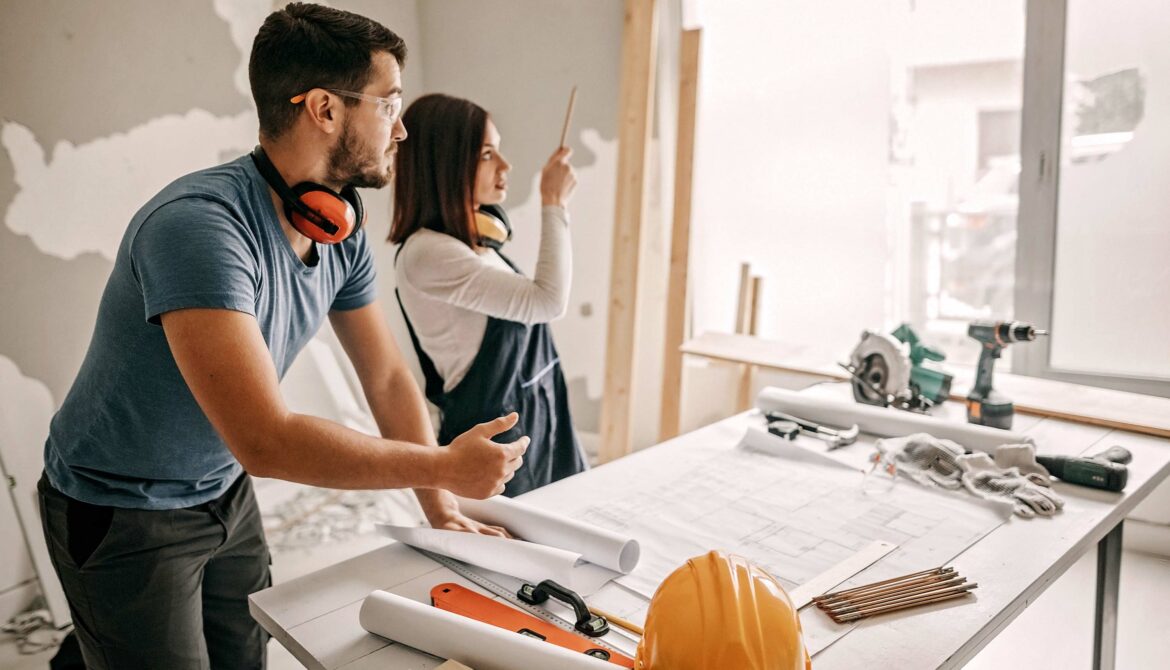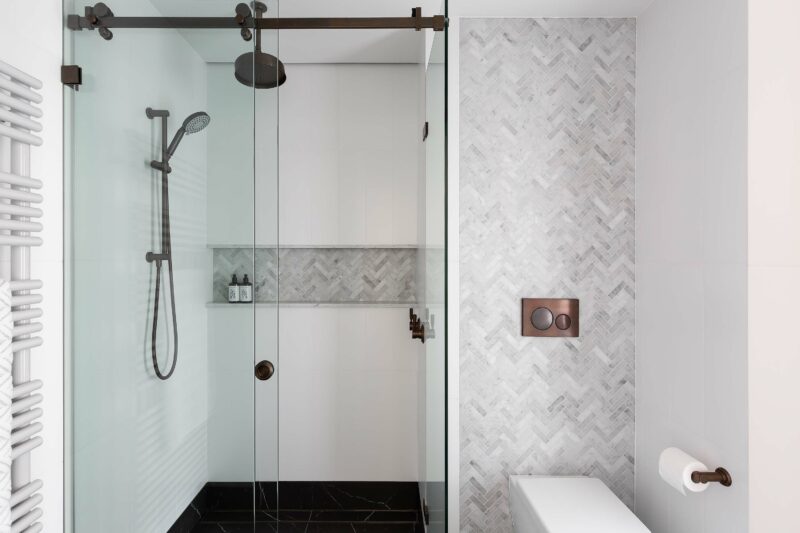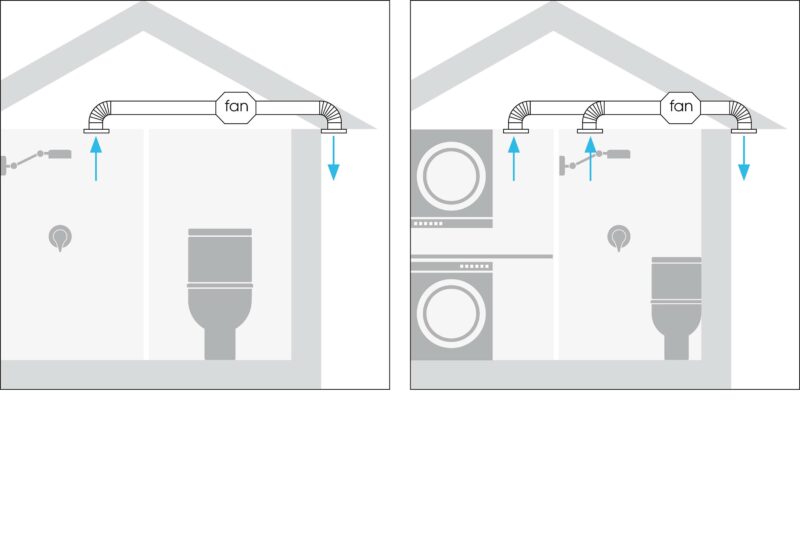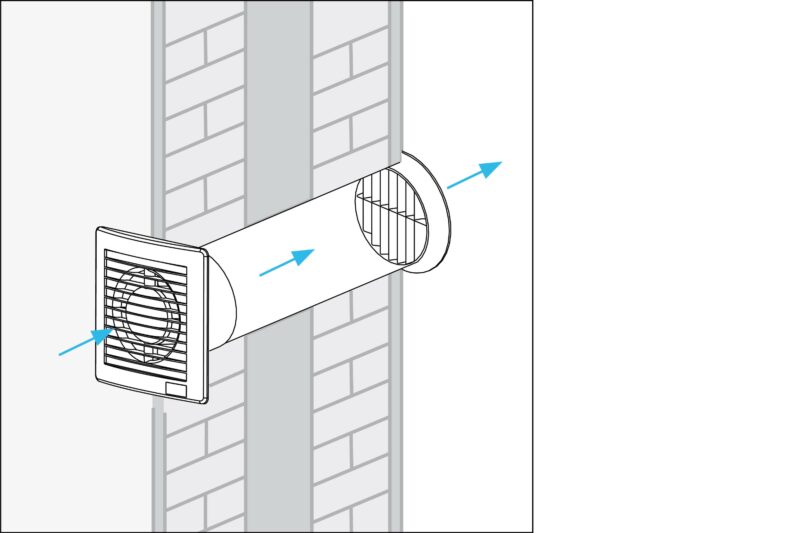
AdviceFeatured
Getting started on home ventilation

Expella's Shadowline Diffuser sits discreetly at the wall/ceiling junction and is connected to an inline ventilation system at this heritage renovation in Lower Fort Street. Designer: Hither Consulting. Builder: Construct Central Coast. Photo: Simon Whitbread.

Inline ventilation systems have the fan positioned in the roof space and use ducting and grilles. Inline systems can ventilate single or multiple rooms.

Expella's Ceiling Fan shown here at Natura Macquarie Park.

A wall fan exhausts air through a single wall as shown here.

A roof fan system can service multiple rooms, it utilises duct and grilles allowing more options design and placement
